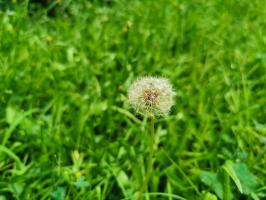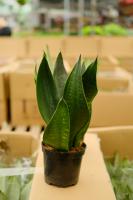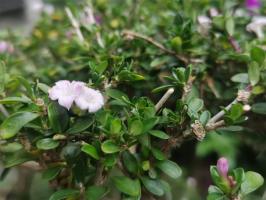What Part of the Plant Transports Water and Nutrients
Plants are an important part of our environment, and they serve many important roles such as producing oxygen, cleaning the air, and providing food for humans and animals. However, plants cannot survive without the transportation of water and nutrients throughout their system. In this article, we will explore the specific part of the plant that is responsible for this essential function.
The Vascular System
The transport system in plants is called the vascular system, which consists of two main types of tissue: xylem and phloem. Xylem tissue transports water and dissolved minerals from the roots to the rest of the plant, while phloem tissue transports food and other organic compounds from the leaves to the rest of the plant. Together, these two tissues make up the vascular system, which functions in a similar way to our circulatory system that transports blood throughout our body.
The Xylem
The xylem tissue is responsible for the transportation and distribution of water and minerals from the roots to the rest of the plant. This process is known as transpiration, which is the movement of water through the roots, stems, and leaves of a plant. The xylem tissue is made up of small tubes that are connected together to form a continuous network, allowing the water and minerals to flow upwards towards the leaves.
The driving force behind the movement of water and minerals is the process of evaporation that occurs in the leaves. This evaporation creates a pressure gradient that pulls water and minerals up through the xylem from the roots to the leaves. This process is known as the transpiration stream, and it is essential for the survival and growth of the plant.
The Phloem
The phloem tissue is responsible for the transportation and distribution of sugars and other organic compounds from the leaves to the rest of the plant. Unlike the xylem, the phloem flows bidirectionally, meaning that it can transport materials both upwards and downwards throughout the plant.
The phloem tissue is made up of two different types of cells: sieve tube elements and companion cells. The sieve tube elements form long tubes that are responsible for the transportation of sugars and other organic compounds, while the companion cells support and regulate the activity of the sieve tube elements.
The Importance of the Vascular System
The vascular system plays a critical role in the survival and growth of plants. Without an efficient system for transporting water, minerals, and nutrients throughout their system, plants would not be able to grow and produce food for themselves and others.
The vascular system also plays an important role in the regulation of water balance within the plant. By controlling the movement of water and nutrients, the plant can avoid excessive water loss and maintain its internal environment even in challenging conditions.
Conclusion
The vascular system is a very important part of the plant, responsible for the transportation and distribution of water, minerals, and nutrients throughout the system. The xylem and phloem tissues work together to support the overall health and growth of the plant, making it possible for them to produce food and keep our environment healthy.

 how many times do yo...
how many times do yo... how many planted tre...
how many planted tre... how many pine trees ...
how many pine trees ... how many pecan trees...
how many pecan trees... how many plants comp...
how many plants comp... how many plants can ...
how many plants can ... how many plants and ...
how many plants and ... how many pepper plan...
how many pepper plan...
































